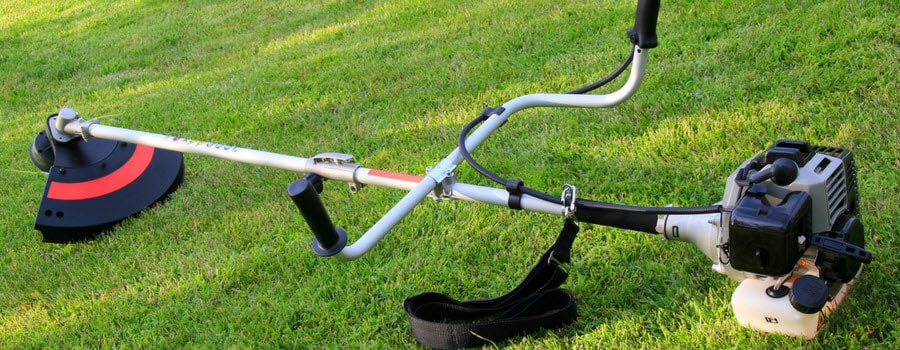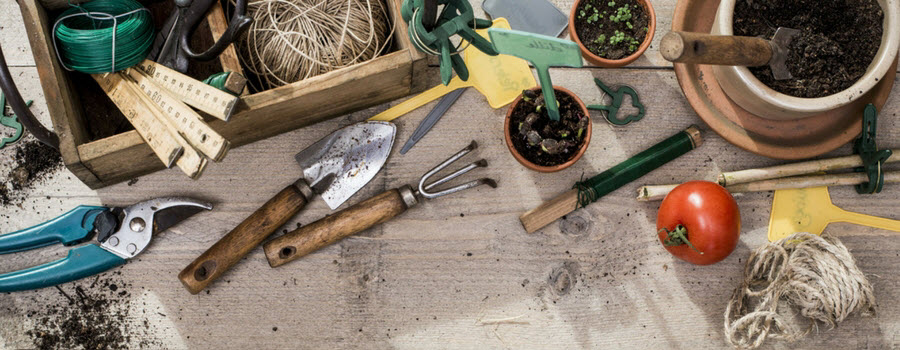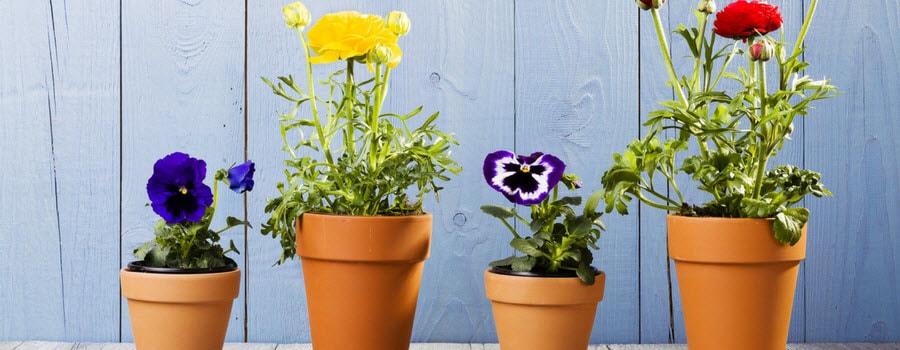Prep Your Garden Equipment for Winter
- Milorganite AgronomistNovember 10, 2017
Preparing your yard and garden equipment and tools for a winter rest will lengthen their usefulness. They’ll be sharp, clean, and well maintained when your lawn and garden reawake in spring, and you’re ready to get outside again!
Winter Storage of Power Tools

String Trimmer
Prep gas-powered trimmers for winter the same way you prep your mower. Clean the string head and install new line. Line can become brittle and break more easily. Sharpen the string-cutting blade on the debris deflector.
Gas Hedge Trimmer
Gas hedge trimmers should be prepped the same way as mowers. Thoroughly clean the trimmer, including the intake and exhaust vents. If the blades are dull, sharpen or replace them, depending on the model you own. Give the blades a light coating of light oil, multipurpose spray lubricant, or resin solvent. Store in a dry area.
Winter Storage of Garden Hand Tools

Rinse and dry your collection of garden hand tools—trowels, shovels, garden forks, pruners, rakes, and anything else you’ve enlisted as a garden tool. If they’re caked with dried mud and rust, clean them off using a stiff-bristle brush or putty knife. Remove small patches of rust using steel wool or fine sandpaper.
Sharpen dull tools yourself or take them to a hardware store or garden center to be professionally sharpened. If pruner blades are damaged or severely nicked-up, replace them.
Sand off any rough patches on wooden handles and lightly coat with linseed oil to condition them and keep them from drying out.
Disinfect garden tools so you’re not accidently spreading plant diseases and pests. A bleach disinfecting wipe is the most convenient way to disinfect, but there are other disinfectants you can use, such as rubbing alcohol, hydrogen peroxide, as well as household disinfecting cleaners and sprays.
Coat metal parts with a light oil or multipurpose spray lubricant. Hang to store hand tools in a protected, dry location. You can also store them year-round in a bucket of sand mixed with oil, which keeps them clean and prevents rust.
Garden Hoses
Remove nozzles and completely drain hoses. Repair any leaks with a repair tape made for hoses. Replace the washers or the entire ends, if necessary. Coil and hang to store.
Pots and Planters
Clean and sterilize pots and planters to remove traces of mold, fungus, plant diseases, and pests. Remove all plants and soil, and thoroughly rinse. Concrete planters can be cleaned with water mixed with bleach—3 cups per gallon—and a stiff-bristle brush. Wear gloves and eye protection when using bleach. Terracotta pots can be cleaned with water, a little household dish soap or bleach, and a soft-bristle brush. For fiberglass pots, wash using mild soap and soft-bristle brush to prevent scratching. Thoroughly rinse all pots after cleaning, dry, and store in a protected location.

Snow Thrower
If you need a snow thrower where you live and you own one, now’s the time to take it in for a tune up—before the snow flies—but I’d rather not think about that right now.

